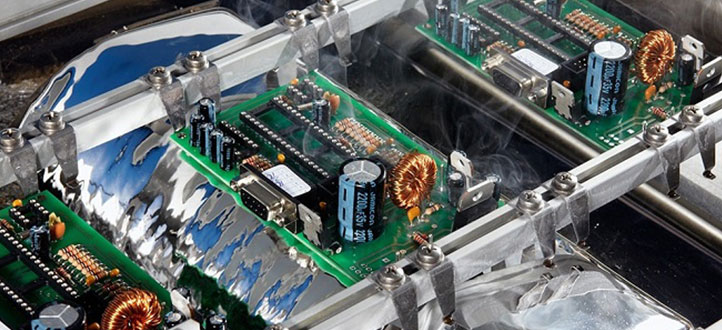The difference between smt and dip?

In the process of PCB assembly, DIP (Dual In-line Package) components are a common means of component installation. DIP components are inserted into holes on the printed circuit board (PCB) and then soldered to establish connections. However, various common defects may arise with DIP components, potentially impacting the performance and reliability of the PCB. In this article, we will explore some common issues associated with DIP components and how to identify and address them.
Common Defects Associated with DIP Components:
1. Poor Soldering: One common problem is poor soldering, which includes insufficient or excessive soldering. Insufficient soldering can result in loose or unstable components, while excessive soldering can lead to short circuits or pin damage.
2. Pin Bending or Damage: During handling and installation of DIP components, the pins of the components may become bent or damaged. This can hinder proper insertion into the PCB's holes, affecting connectivity.
3. Misaligned Pins: Proper alignment of DIP component pins with the holes on the PCB is crucial. Misalignment can result in connection issues or component damage.
4. Loose Pins from PCB: If the soldering is not secure, the pins of DIP components may become loose from the PCB's solder points, causing unstable connections or signal interference.
5. Pins Penetrating PCB: Applying excessive force during DIP component installation can lead to pins penetrating through the PCB, damaging the circuit board and causing shorts.
6. Unsoldered Pins: At times, due to insufficient soldering or other issues, some pins of DIP components may not be properly soldered to the PCB, resulting in non-functional or unstable components.
Identifying and Addressing Defects in DIP Components:
1. Visual Inspection: Perform visual inspections using magnifying glasses or microscopes to identify issues such as poor soldering, pin damage, or misalignment.
2. Soldering Quality Checks: Employ soldering quality inspection tools such as X-ray testing or infrared soldering inspection to ensure soldering quality meets specifications.
3. Pin Correction: For bent or damaged pins, use appropriate tools to correct them or replace faulty components.
4. Correct Procedures: Ensure the correct procedures and operations are followed during the handling and installation of DIP components to prevent issues like pin misalignment or penetration.
5. Soldering Quality Control: Implement strict soldering quality control measures, including correct soldering temperature, duration, and solder material, to ensure secure and stable soldering.
6. Training and Education: Train operators on proper handling and installation of DIP components to reduce the occurrence of defects.
In conclusion, DIP components play a significant role in PCB assembly, but they may encounter various defects that can affect the performance and reliability of the circuit board. By identifying and addressing these issues, you can ensure the correct installation and soldering of DIP components, ultimately enhancing the quality and reliability of PCB assembly.

